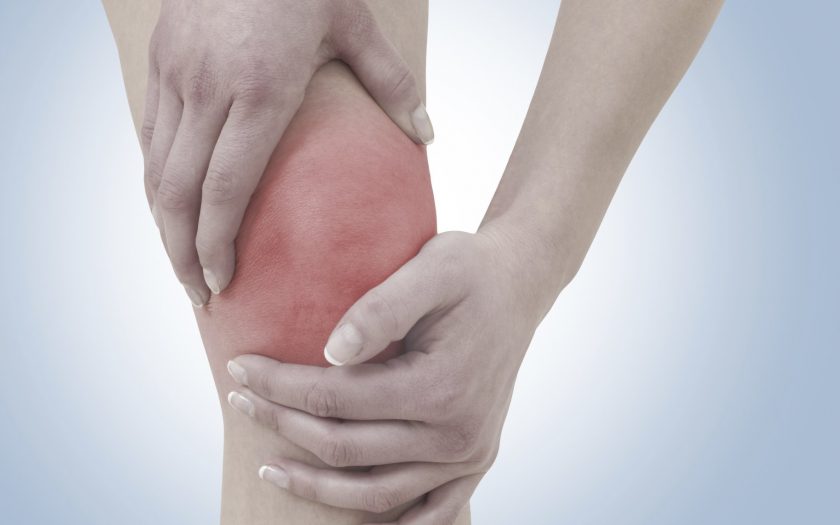In adolescence, a frequent phenomenon is a crepitus. Often this is due to the uneven growth of bones and internal organs, physical inactivity or, conversely, increased physical activity. In the absence of pain and discomfort, crunching in the joints is treated with foods rich in calcium and moderate sport exercises.
Why do joints crackle?
In adolescence, some children may show joint hypermobility, accompanied by a crepitus. This phenomenon is associated with an uneven growth of tissues and organs during the teenage period. If a person is healthy, the joints work without noise and discomfort. Clicking is a sign of a structural disorder. In adolescents, crepitus arise for the following reasons:
Joint hypermobility
It is an abnormal congenital structural feature that enables the joint to take a position that is distinguishable from the norm. The cause of this phenomenon is considered weak connective tissue. Hypermobility is painless; however, when the joint returns to its original position, a teenager has a crepitus. This phenomenon can takes on the nature of pathology with pain and frequent dislocations.
Specific structure
Congenital defects of the epiphysis and tendons can cause a mismatch in the articular surfaces in a teenager. This is manifested by a crunch and click – biomechanical disturbances. With small deviations in adolescence, there will be no serious failures: it will be limited to noise and discomfort. But in the future, such a congenital defect becomes the cause of diseases of the musculoskeletal system, which become especially noticeable for person during hard work or physical exertion during training.
Lifestyle features
Teenagers at school sit in the same position for a long time. This leads to an increased load on some parts of the body – the neck, limbs, etc. Muscles become sore, tense, adjacent joints and cartilage overwork, sometimes even become inflamed. This contributes to the appearance of a crepitus, which most often occurs with a sharp change in body position. There will be no particular harm, since the young body quickly restores the state of cartilage and muscles. But with a tendency to joint diseases, their overload can provoke the development of an undesirable ailment.
Dangerous symptoms
It is highly likely that by the age of 18-20 the crepitus will disappear by itself, but parents should be wary of the following manifestations:
- a click is heard in one joint, for example, knee or pelvic;
- the skin around the joint reddened and swollen;
- the child complains of discomfort;
- the joint crepitus last for a long time.
With such symptoms teenager must be consulted by a physician, orthopedist or arthrologist to rule out unpleasant diagnoses such as arthrosis or rheumatoid arthritis.
Diagnostics
Most often, for the diagnosis, the doctor prescribes:
- joint x-ray;
- general tests of urine and blood;
- analysis for C-reactive protein;
- diagnosis of rheumatoid factor;
- ultrasound of the heart (to exclude rheumatism) and joints (to determine the volume of synovial fluid).
How to treat crepitus in a teenager?
Based on the results of the tests, the doctor decides whether treatment is necessary. As a rule, initial recommendations are a nutritious diet rich in calcium, as well as heavy drinking to increase the volume of fluid in the joint.
If a teenager complains of pain, it is possible to use medicines as prescribed by a doctor. These may be Cataflam, Voltaren, Brufen or Voveran Emulgel. Parents need to control the administration of drugs, prevent dosage changes and monitor the timely intake of tablets. Premature interruption of the treatment course can lead to disastrous consequences.
Good nutrition and a balance between activity and study will bring all joints to normal.
If a child spends a lot of time reading books or a computer, it is recommended to walk, lead a more active life. Massage can helps a lot. Adherents of folk remedies are recommended to check with the doctor the possibility of their use. Self-medication can harm a growing body.

